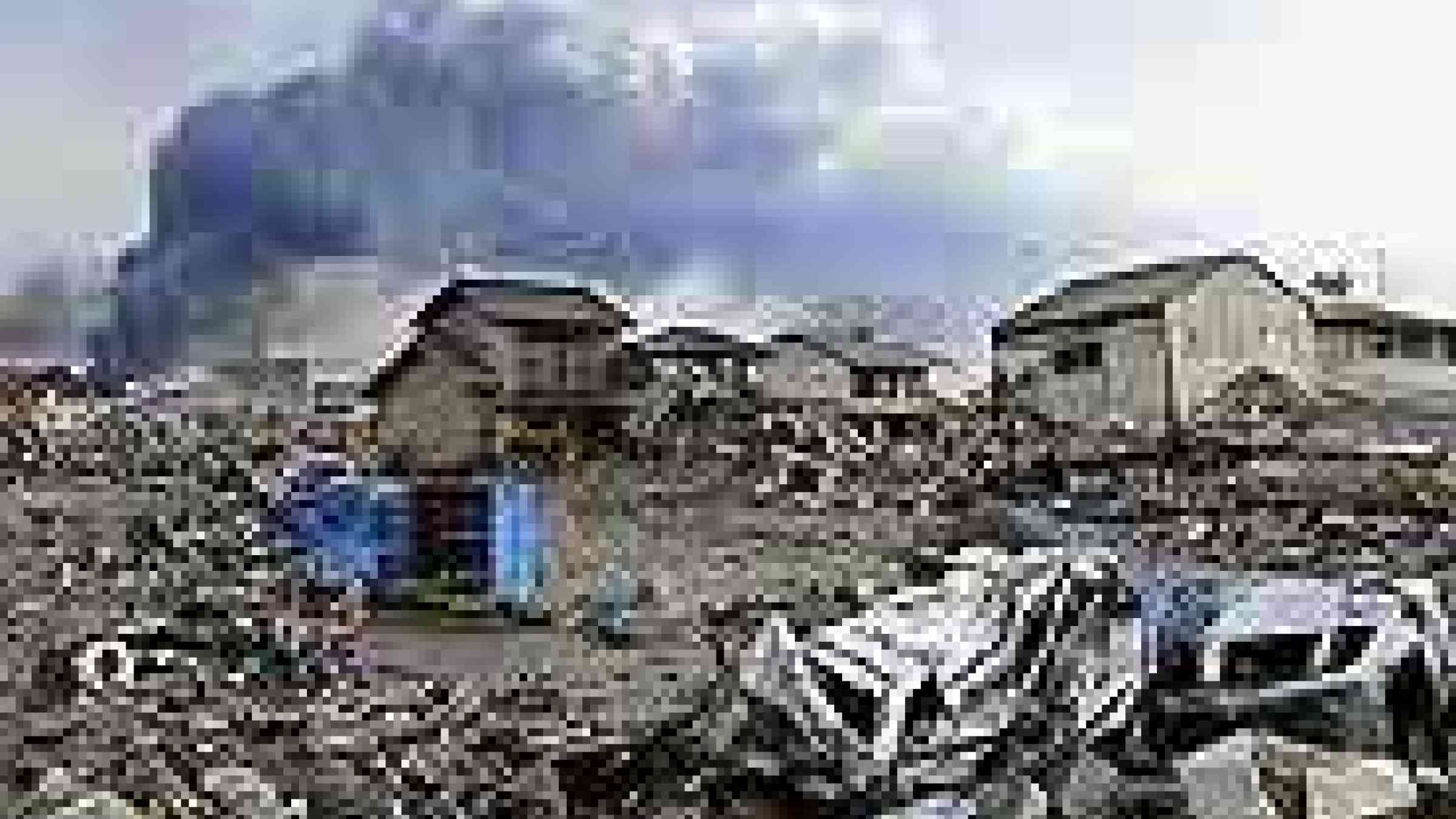Asia: Remaining vigilant for Japan aftershock - IRIN

Port Moresby/Jakarta - Emergency officials in Papua New Guinea and Indonesia - two countries in the line of a deadly tsunami that has killed nearly 2,000 in Japan, left thousands more missing and wiped out entire coastal towns - remain vigilant, despite thus far being spared any spillover impact.
“We are [staying] alert. The islands on the northern part of the country can be hit any time by the waves generated by earthquakes. These aftershocks can be big, you never know,” chairman of Papua New Guinea’s (PNG) National Disaster and Emergency Service, Manasupe Zurenuoc, told IRIN.
The Japan Meteorological Agency has predicted aftershocks over the next month from the 11 March 9.0-magnitude earthquake (upgraded following seismic wave analysis that showed stronger intensity than original calculations).
Ongoing rescue and relief operations in Japan have been hampered by continuous aftershocks, tsunami alerts and fires.
Since mobile phone technology arrived in PNG four years ago, 11 March was the first time the disaster SMS warning system was tested, when two local mobile service providers sent tsunami warnings to more than one million of their customers.
Zurenuoc said radio warnings and mobile phones will be used again if needed.
“Had the tsunami occurred in PNG many lives would have been saved as the warnings were well dispersed over most communities in low-lying areas,” said former Health Minister Peter Barter.
“All radio stations also played a great role in [disseminating] the warning and to a lesser extent television, due to lower coverage.”
Indonesia
In Indonesia, the national deputy for emergency response with the National Agency for Disaster Management (BNPB), Sutrisno, said the disaster in Japan served as an important lesson.
"Community preparedness is key and we are making efforts to strengthen local preparedness through training and drills," Sutrisno told IRIN.
Indonesia is expected to host an Association of Southeast Asian Nations (ASEAN) disaster relief drill in the capital of North Sulawesi Province, Manado, (one of the provinces identified as at-risk following Japan’s tsunami) on 15 March.
He said as soon as BNPB received a warning on 11 March that the tsunami was en route to Indonesia, it contacted local governments in vulnerable provinces to prepare evacuations.
"People panicked but they were prepared. The system worked but there is room for improvement," he said.
He said BNPB will create 12 units across the country to make disaster coordination easier. Unlike the current structure with regional disaster management agencies reporting to provincial governments, the units will fall directly under the BNPB.
BNPB is also working with agencies to develop a nuclear fallout emergency plan, said Sutrisno.
Indonesia, which has three small-scale nuclear reactors for research purposes, is planning to build a major nuclear power station on the north coast of Central Java on the Muria Peninsula, despite objections from environmental activists.
pk/atp/pt/cb